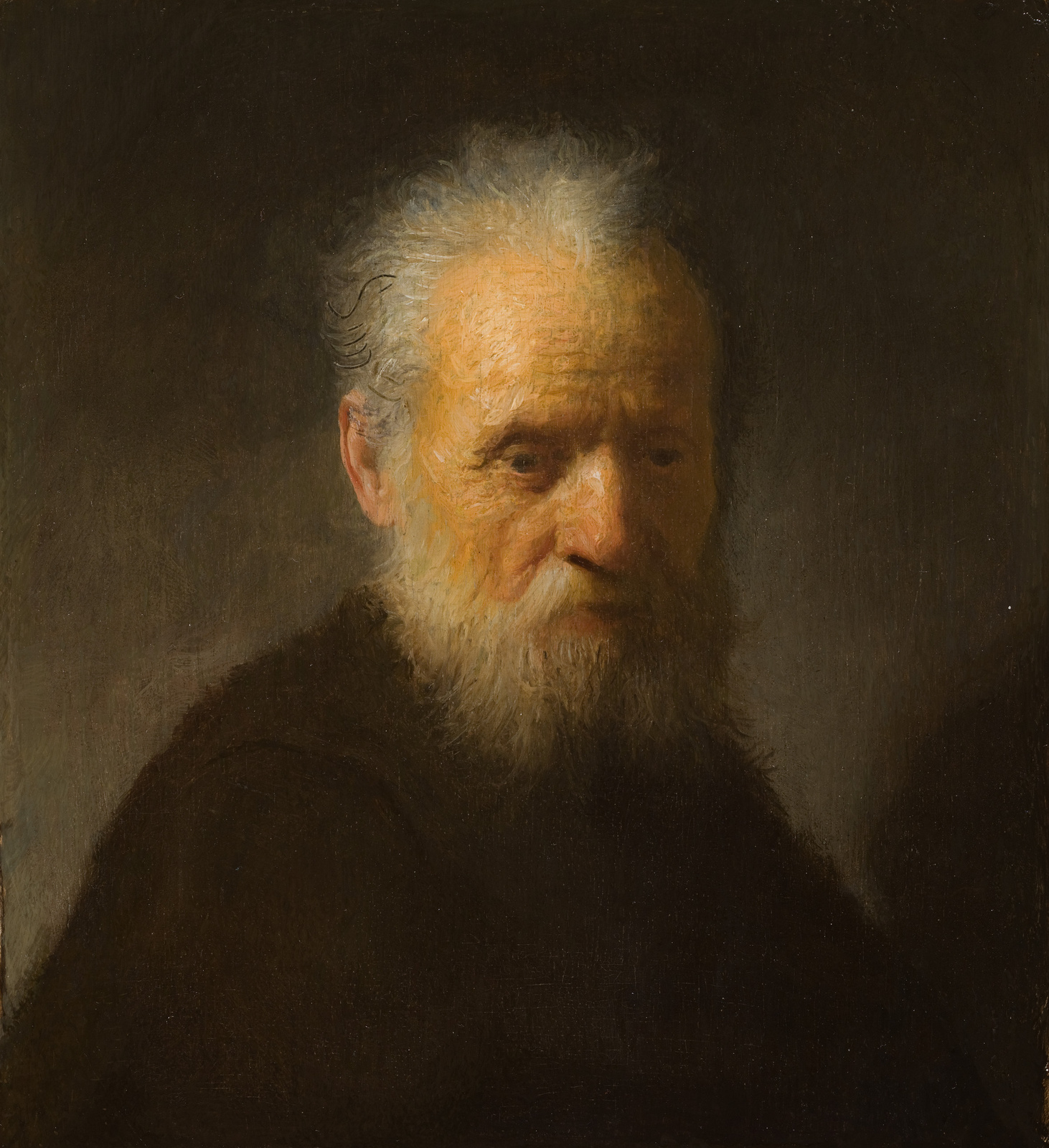http://www.rembrandt.ua.ac.be/
PRESS RELEASE
On Friday 2 December 2011 an unknown painting by Rembrandt is being presented in the Rembrandt House. The small panel, Old Man with a Beard was painted by Rembrandt around 1630, at the end of his time in Leiden. The Rembrandt House has the painting on loan from a private collector.
The research into the painting and the attribution to Rembrandt will be explained at length during the presentation by Ernst van de Wetering (Emeritus Professor of Art History at the University of Amsterdam and head of the Rembrandt Research Project), Martin Bijl (restorer), Joris Dik (professor at the Delft University of Technology) and Koen Janssens (professor at the University of Antwerp).
Images of the painting will also be available at the presentation.
Ernst van de Wetering is convinced of the authenticity of this work on the grounds of the technical similarities in painting style to Rembrandt’s paintings dating from around 1630.
There is also a copy of the painting that must have been made by one of the apprentices in Rembrandt’s studio.
The same image appears in a reproductive print of 1633, with an inscription stating that it was made by Rembrandt.
Over and above this, scientific investigations have shown that there is an unfinished self-portrait by Rembrandt under the paint surface.
The self-portrait was revealed when the painting was scanned at the European Synchrotron Radiation Facility (ESRF) in Grenoble using a dual energy X-ray imaging technique, and at the Brookhaven National Laboratory (BNL) in New York using Macro-scanning X-Ray Fluorescence spectrometry (MA-XRF), a technique first applied to paintings by Professor Koen Janssens (University of Antwerp) and Professor Joris Dik (Delft University of Technology). The measurements at BNL took advantage of a newly-developed fluorescence microprobe system, which enables large area surfaces to be scanned with high definition.
XRF technology detects the pigments in hidden layers of paint, making it possible to record overpainted compositions photographically. This new technology has previously resulted in spectacular discoveries in paintings by Francisco Goya and Vincent van Gogh.
From 1 May to 1 July 2012 the Rembrandt House Museum is staging a special exhibition of research into ten paintings by Rembrandt and his contemporaries using XRF technology.
-- End of press release --
BACKGROUND INFORMATION (Dutch version/Nederlandse versie)
This website focuses on the scientific investigation conducted by an international consortium of scientists to visualize the hidden, unfinished self-portrait of Rembrandt hidden below the Bearded Old Man.
In the course of 2009 Ernst van de Wetering first approached Joris Dik and Koen Janssens with the present painting. Van de Wetering was reconsidering the painting's attribution at that time. One of the questions at hand concerned the potential presence of a second figure painted below the bearded Old Man.
X-ray radiography and infrared reflectography had shown various alterations to the composition of the painting, notably around the collar and head dress of the figure. However, it was unclear whether the surface figure itself had been reworked or whether a second, different figure existed below the surface painting. For the art historian Ernst van de Wetering and the conservator Martin Bijl, these were important questions, relating to the paintings attribution as well as the conservation treatment.
Intrigued by these questions, Joris Dik and Koen Janssens set out an elaborate scientific campaign aiming to shed light on the painting’s enigmatic substructure.
The imaging techniques used for this investigation included X-ray radiography (XRR), dual energy (K-edge) X-ray absorption imaging and X-ray fluorescence analysis (XRF). In addition, optical and electron microscopy, combined with energy dispersive X-ray spectrometry (SEM/EDX) were used to study a microscopic paint sample, revealing the paint stratigraphy and its chemical composition.


















































